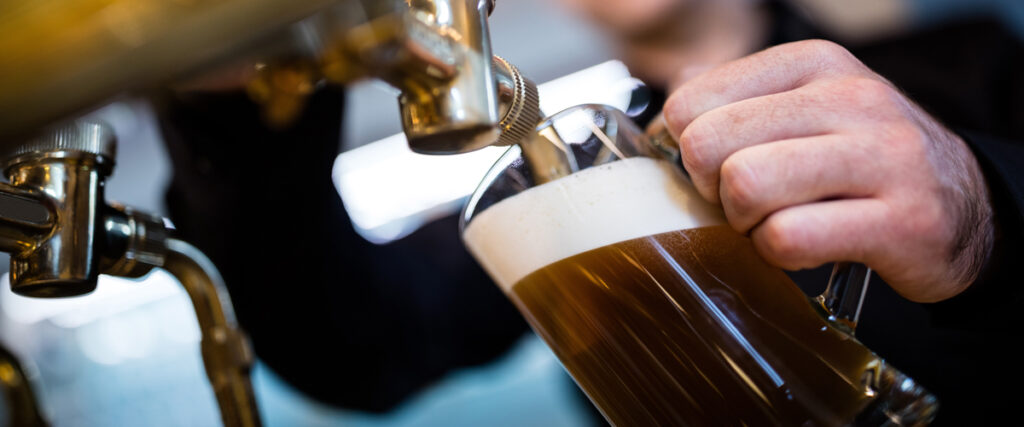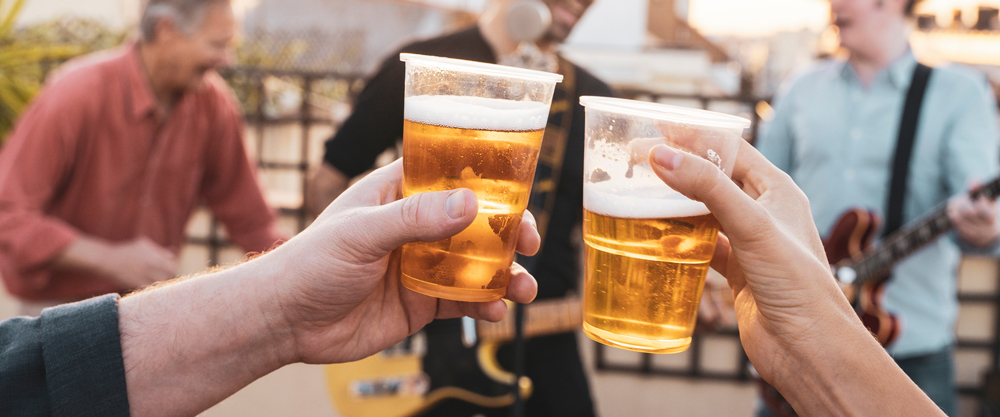When you’re homebrewing, what you’re most concerned with is how your beer will taste, not how much ml makes up a pint or whether you’ll be serving in pints or litres. After all, the chances are that you’ll be brewing at home and drinking in the comfort of your living room (or beer shed), potentially with the help of some family and friends. They’re not likely to be getting on your back about a heady pint. Or maybe they are. If so, they’re some strict pals you’ve got!

The Weights and Measures Act 1985 was passed as a collection of laws to ensure that trade was based on a standardised or statute system of weight or measurement. The Act is used across all forms of trade. Still, in beer terms, it stops unscrupulous landlords from ripping their customers off with skimpy measures. It enables an accurate representation of the ingredients and contents of the beer you buy.
It’s also because of the Act that you can be confident when you buy 1kg of malt. It’s going to weigh the same as 1kg anywhere else. The Weights and Measures Act 1985 ensured that all measurements, whether imperial or metric, were standardised using highly accurate equipment. This allowed all traders to work to the exact same scale and gives customers confidence to this day.
But back to home brewing. Even if you’re not planning to go corporate and sell your beer, knowing exactly what measurements you’re working with might be interesting. It will at least tell you exactly what you’re getting the next time you have a pint!
How Much ML Is A Pint?
A British pint is 568.261ml, give or take a few more decimal places. In Europe, you’ll often be offered a half-litre of beer instead of a traditional pint. Half-litres are 500ml exactly, so it’s a little less than an imperial pint.
The British pint measure was created to hold 20 fluid ounces. This standard measurement for beer and cider was set in the 17th century by the king of England at the time, Charles II. Twenty fluid ounces is one-eighth of a gallon.
Why Is It Called A Pint?
There is much debate about the origin story of the word “pint.” Some argue that it comes from the French “pinte.” However, as this uses a different measurement, it’s not a perfect match. In vulgar Latin, the Latin spoken by the common person during the Roman era, the word “pincta” was used to describe the painted marks on the side of a vessel. For instance, it can be used on a barrel or a cup to measure what is inside.
Neither of these explanations is perfect. Wherever it came from, it’s a word that’s been around for thousands of years. Think about that the next time you get a round in.

How Is ABV Measured?
Another essential part of beer drinking specifics is ABV. ABV tells you, the homebrewer, how much alcohol the beer you’ve made has in it by percentage. It tells the drinker (or warns them) how strong it is regarding alcohol content.
ABV stands for Alcohol By Volume. This information is gathered by working out the number of millilitres of pure ethanol present in 100 ml of beer at a standard temperature of 20 degrees Celsius.
To test the ABV of your homebrew, you can use an alcohol refractometer or a hydrometer. These instruments enable you to learn how much alcohol is in your beer (or wine or cider). Like the Weights and Measurements Act measurements, they are standardised, meaning you will receive just as accurate a reading as a professional brewery lab might.
Despite ABV beginning to be displayed on labels and in pubs, bars and clubs less than 40 years ago, there’s very little information about why the regulations came into effect or who campaigned for it. According to beer writers and historians Boak and Bailey, “Pubs had to start communicating alcoholic strength to customers from July 1989”. Until now, you could buy beer without knowing how strong it was. Believe it or not.
Get all your home brew measuring equipment from Get Er Brewed! From testing and monitoring to hydrometers and refractometers, we have everything you need to make the best brew.